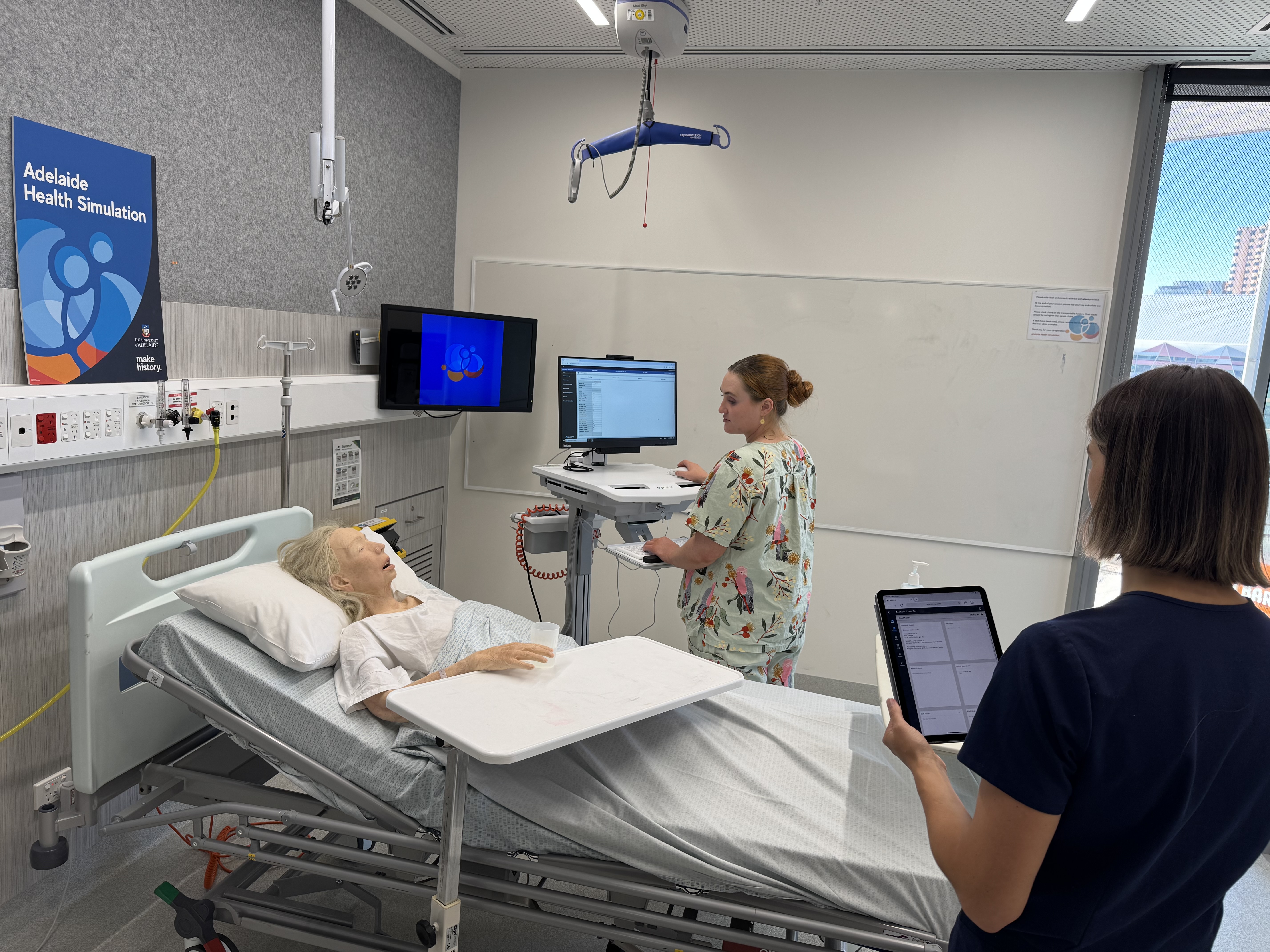
Transforming
simulation training
Create a higher fidelity training experience and incorporate digital skills into simulation training using SimEPR
Find out moreTHE PROBLEM
1) Rising numbers of healthcare staff to train
There is a requirement for tools that support faculty to continue the delivery of high-quality training more efficiently and effectively.
2) Digital readiness is increasingly crucial for day-to-day clinical activity
Electronic patient record systems (EPRs) are increasingly prevalent in the NHS. Yet UK medical simulation training continues to use outdated paper-based methods.
3) Staff retention crisis
Dissatisfaction with learning and development are among the key reasons for healthcare staff leaving the NHS.*
*Lock FK, Carrieri D Factors affecting the UK junior doctor workforce retention crisis: an integrative review BMJ Open 2022;12:e059397.


THE SOLUTION
SimEPR provides a platform for medical educators to create electronic patient records for their simulation scenarios. The system is designed to be used on a computer at the mannequin’s bedside.
The software creates a higher fidelity training experience whilst offering tools that saves faculty time in creating training scenarios and delivering simulation.

























Helen Flanagan
Clinical Skills and Simulation Lead, Brighton & Sussex Medical School
Data collected across the South East of England, in collaboration with NHS England South East, Regional Simulation & Human Factors Project, Health Innovation Kent Surrey Sussex.
Click here to view the published data in the International Journal of Healthcare Simulation



“SimEPR has been an invaluable tool for the School of Health and Social Wellbeing at the University of the West of England, significantly enhancing our healthcare simulations by complementing the use of manikins and standardised patients. Its versatility has allowed us to integrate it into various scenarios, including tabletop exercises. For instance, during a recent multi-professional major event simulation, we populated a simulated accident and emergency department with numerous 'virtual patients' through SimEPR. This required the attending staff to make informed clinical decisions, diagnosing, treating, referring, and discharging patients ahead of the arrival of mass casualties (standardised patients and manikins) from the incident scene. Traditionally, these roles would have been filled by paid actors, requiring significant preparation and resources. By using SimEPR, we not only saved costs but also reduced the need for additional staffing, making the simulation more efficient whilst still engaging and interactive.”


View, create and edit documentation
Review medication, prescribe and cease medication
Display blood gas, laboratory and radiology results. View baseline investigations and request new tests that update in real-time
Recognise deterioration from electronic observations, review fluid balance charts
SimEPR is a web-based app that only requires readily available software and hardware.
All you need is a computer or tablet with an internet connection and an internet browser.


Trainees and students can select the electronic patient record that is relevant to their clinical scenario and browse through electronic notes, clinical assessments, drug charts and investigations to gain information about the patient they are treating, just as they would do in real life. They can prescribe medication, document the scenario and request investigations.
The simulation mode is designed to be intuitive to use, even for students with limited experience with electronic systems. Overall 89% of users reported the system was easy to use, despite minimal training prior to simulation teaching. This way trainees using SimEPR can gain an understanding of the concepts behind using an EPR, without hindering teaching progression.


A no-code interface that allows medical educators to create and customise clinical scenarios. Realistic and interactive electronic records can be made that are tailored to specific educational requirements.
Automate the creation of observation results and investigation results using 'Magic' features. Create a series of observation results over days, or blood results at the click of a button.
Provides real time updates on the simulation mode. Monitor your trainee's activity, such as tests they have requested, medication prescribed and notes documented.
Push results to your trainees for them to review, including blood gas, laboratory and radiology results.
Use activity data for debriefing.

Create a ward of up to fifteen patients using SimWard
Monitor the activity of multiple trainees interacting with multiple patients
Designed for ward-based simulation and interprofessional simulation


Complete the form and we will be in touch!